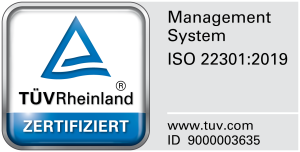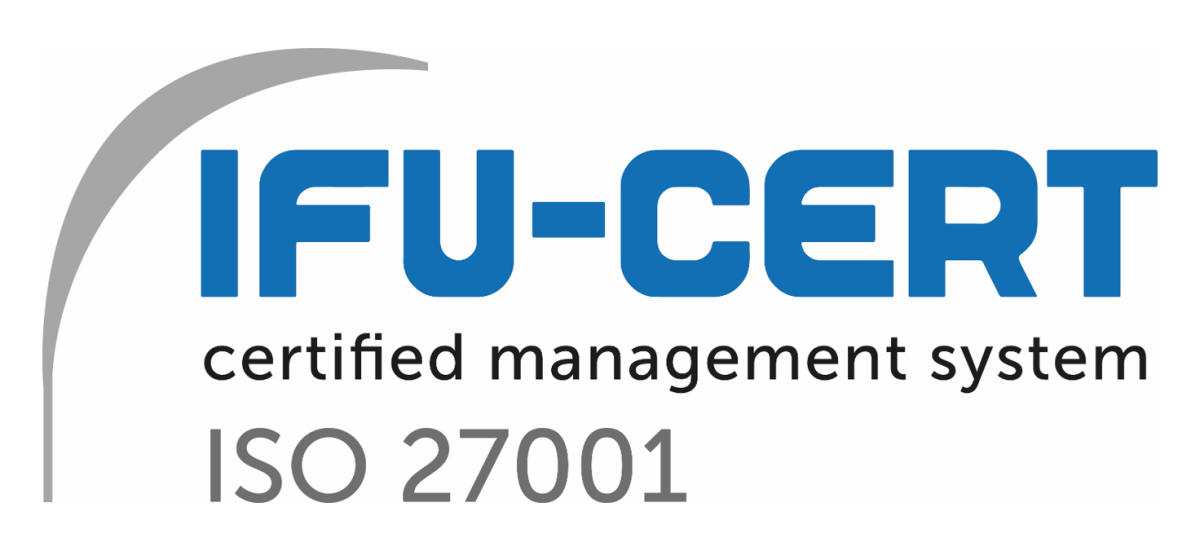There’s life in the old dog yet – A new lease of life
Voice over IP
Today, most companies use conventional telephone networks (Public Switched Telephone Networks, or PSTN) for voice and fax communications, while IP networks are dedicated to data transfer involving file transfer, Web access, email etc.
By implementing Voice over IP (VoIP), the two networks can converge into one and companies benefit in many ways from having a single IP network providing voice and data services. In this scenario Fax over IP has an enormous potential to reduce communication costs, particularly in large organizations. Integrating fax servers with the IP network enables companies to simplify network management and to significantly reduce maintenance costs. The major benefits include:
- With FoIP faxes remain digital from end-to-end over IP networks, until they reach the PSTN endpoint gateway closest to the destination. This way, fax-related long distance costs are reduced to virtually zero. Internal faxes can be routed between branch offices without incurring any long distance call charges
- FoIP enables organizations that have already made investments in VoIP networks to break free from legacy PBX telephony and specialized hardware that traditional fax servers still require.
- Reduction of network management and maintenance costs with a single converged IP based fax, voice and data network.
Virtualization and Cloud Computing
A major trend in IT deployment is virtualization. Instead of assigning dedicated hardware resources to specific applications such as individual server machines, applications are deployed in virtual machines which share a common pool of hardware resources. This architecture allows much more efficient use of hardware resources, and the building of high availability service environments with minimum hardware requirements, leading to significantly reduced administration costs.
The virtualization of fax server solutions however has so far only been partly possible. To connect to the phone network or a PABX fax boards are required which are not supported by virtual machines but have to be plugged into a physical machine. In a modular fax server solution which allows the distribution of individual components on different machines, the core of the system may be deployed in a virtual machine. However at a minimum the line server modules must run on the physical machine carrying the fax boards thus jeopardizing virtualization strategies.
With Fax over IP (FoIP) this limitation can be completely overcome as this technology no longer requires any fax hardware in the fax server solution but is based on pure IP communication and a shared network interface.
Conclusions and Outlook
In contradiction to the perception of many people fax continues to play an import role in business communications in the 21st century .
Mountains of fax pages are transmitted worldwide annually and there is no clear indication that these massive volumes have dropped during recent years, or should significantly drop during the coming years.
People in smaller businesses often still prefer to use a traditional fax machine or multifunction device to send business related messages instead of writing emails or dealing with email attachments.
In larger businesses high volumes of fax messages are sent and received by different business processes and handled through an enterprise fax server solution with the capability to tightly integrate into the application landscape of the company. Legal considerations, customer requirements and the existence of a well established and smoothly working document delivery and receipt mechanism are some of the reasons why the overall fax volumes have remained stable over recent years despite the availability of alternative, apparently more advanced communication channels.
For the next 5 to 10 years it is expected that fax will keep its position as one of the most important mediums for business communications. New technological developments such as a reliable Fax over IP implementation and the option to fully exploit virtualization strategies will bring new growth potential into the fax server market. Analysts such as Peter Davidson from Davidson Consulting predict that the Fax over IP server market will grow with annual growth rates of some 25% over the next few years. While medium size companies are already switching from conventional fax servers to FoIP, in large corporations these processes are more complex, need more time and are expected to happen during the next years. Virtualization, streamlining and centralizing of fax services and the integration of multifunction devices (MFDs) are further drivers for the ongoing importance of fax technology for business communications in the second decade of the 21st century.
You can download the complete article as PDF document from:




